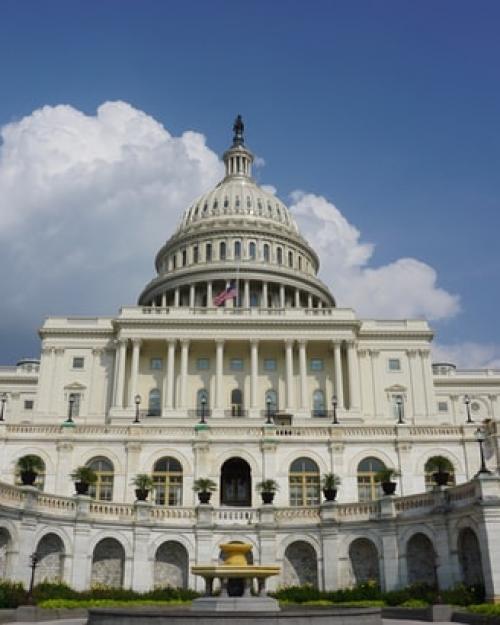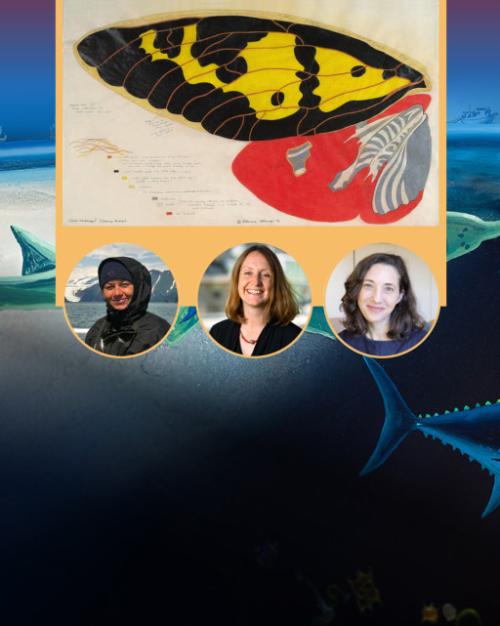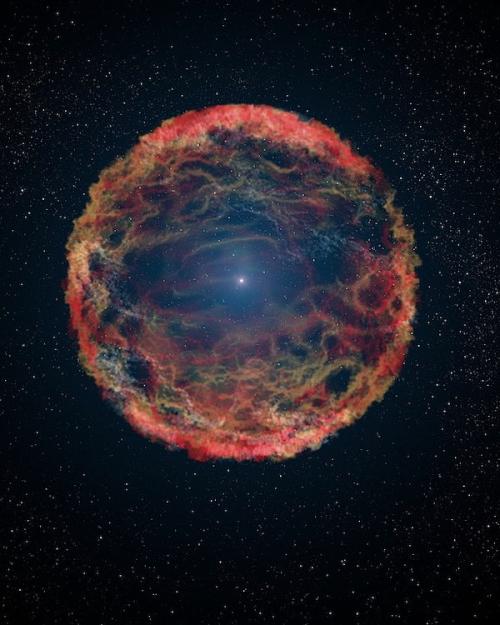NASA has selected 14 U.S.-based researchers to join the Ultraviolet Transient Astronomy Satellite (ULTRASAT) science team, among them Anna Y. Q. Ho, assistant professor of astronomy in the College of Arts and Sciences. She has also been appointed co-chair of the gamma ray bursts working group.
Ho and the others chosen will pursue science investigations that will contribute to Israel’s first space telescope mission, planned to launch into geostationary orbit around Earth in 2026.
ULTRASAT will be an ultraviolet (UV) observatory with a 204-square-degree field of view, which is dramatically larger than the other operating UV satellites. It will investigate the secrets of short-duration events in the universe such as tidal disruption events, supernova explosions, and mergers of neutron stars in binary systems.
“ULTRASAT will enable us to answer several longstanding questions in the field through the discovery of long-hypothesized phenomena, the routine discovery of mysterious and rare classes of sources, and the unique physical information that only detailed UV light curves can provide,” said Ho.
Ho’s research focuses on the violent deaths of stars using a variety of telescopes across the Earth and in space. Her research project with ULTRASAT, “An ULTRASAT Census of Fast UV-Luminous Cosmic Explosions With Relativistic Ejecta,” will focus on relativistic stellar explosions – systems in which accretion or rotation of a newborn compact object drives a powerful outflow.
With ULTRASAT, Ho will investigate the physical connections between emerging classes of phenomena and their connection to gamma-ray bursts, including, “orphan” afterglows, low-luminosity GRBs and luminous fast blue optical transients. Her research will set the stage for using ULTRASAT’s 3-year survey to perform the first UV census of relativistic stellar explosions.
Through an agreement between NASA and the Israel Space Agency (ISA), NASA will launch the space telescope, provide the Flight Payload Adapter, and participate in the mission’s science program.
“We welcome the U.S.-based scientists selected by NASA to join the ULTRASAT science team. It is a strong addition to the collaboration, and we look forward to their contributions to the exciting science ULTRASAT will explore,” said Eli Waxman, principal investigator of ULTRASAT from the Weizmann Institute in Israel.
Ho received her Ph.D. in astrophysics from California Institute of Technology and was a Miller Postdoctoral Fellow at the University of California, Berkeley, prior to coming to Cornell. She is an active member of numerous research collaborations, including NASA’s UltraViolet Explorer (UVEX) mission.
Image ESA/Hubble, Creative Commons license 4.0.




